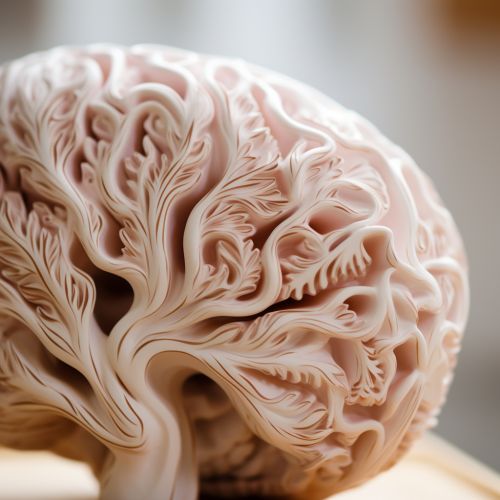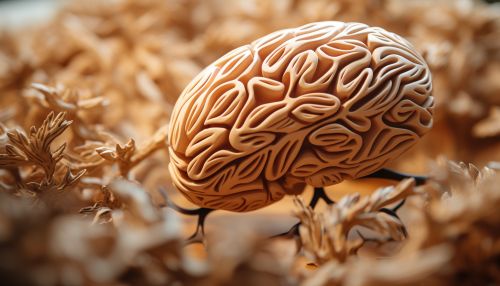The Science of Human Cognitive Dissonance
Introduction
Human cognitive dissonance is a psychological theory that refers to the mental discomfort or tension that a person experiences when they hold two or more contradictory beliefs, values, or attitudes simultaneously, or when their behavior contradicts their beliefs or values. This discomfort often leads to a change in one's beliefs or behavior to reduce the dissonance. The theory was first proposed by Leon Festinger in 1957.


Conceptualization
Cognitive dissonance is a fundamental concept in social psychology, and it has been widely researched and debated since its inception. The theory suggests that people have a motivational drive to reduce dissonance by altering existing beliefs, adding new ones to create a consistent belief system, or alternatively, reducing the importance of any one of the dissonant elements.
Cognitive Dissonance Theory
The cognitive dissonance theory posits that people strive for internal consistency. When inconsistency (dissonance) is experienced, individuals tend to become psychologically uncomfortable and are motivated to attempt to reduce this dissonance, as well as actively avoiding situations and information likely to increase it.


Assumptions
The cognitive dissonance theory is based on three basic assumptions. First, humans are sensitive to inconsistencies between actions and beliefs. Second, recognition of this inconsistency will cause dissonance, and will motivate an individual to resolve the dissonance. Lastly, the degree of dissonance will depend on the importance of the elements involved in the dissonant relationship.
Forms of Dissonance
There are four main types of cognitive dissonance: belief dissonance, decision dissonance, induced-compliance dissonance, and effort justification dissonance.


Cognitive Dissonance and Decision Making
Cognitive dissonance plays a significant role in decision making. It is often experienced when a person must choose between two desirable outcomes, or when a person has made a decision that involves some level of difficulty or discomfort.
Cognitive Dissonance and Behavior
Cognitive dissonance can also influence behavior. It is often the driving force behind changes in behavior, as people strive to align their actions with their beliefs and values.


Cognitive Dissonance and Attitude Change
Cognitive dissonance is a powerful motivator of attitude change. When a person's attitudes do not align with their actions, they often experience dissonance, which can lead to a change in attitudes to reduce the dissonance.
Reduction of Cognitive Dissonance
There are several strategies that people use to reduce cognitive dissonance. These include changing one's beliefs or attitudes, acquiring new information that outweighs the dissonant beliefs, and reducing the importance of the beliefs.


Criticisms and Controversies
While the cognitive dissonance theory has been influential in the field of psychology, it has also faced criticisms. Some researchers argue that the theory is too vague or that it does not adequately explain why people change their beliefs or behavior.
Conclusion
Despite criticisms, the cognitive dissonance theory remains a key concept in social psychology. Its implications for understanding human behavior and decision making are significant and continue to be explored in contemporary research.
